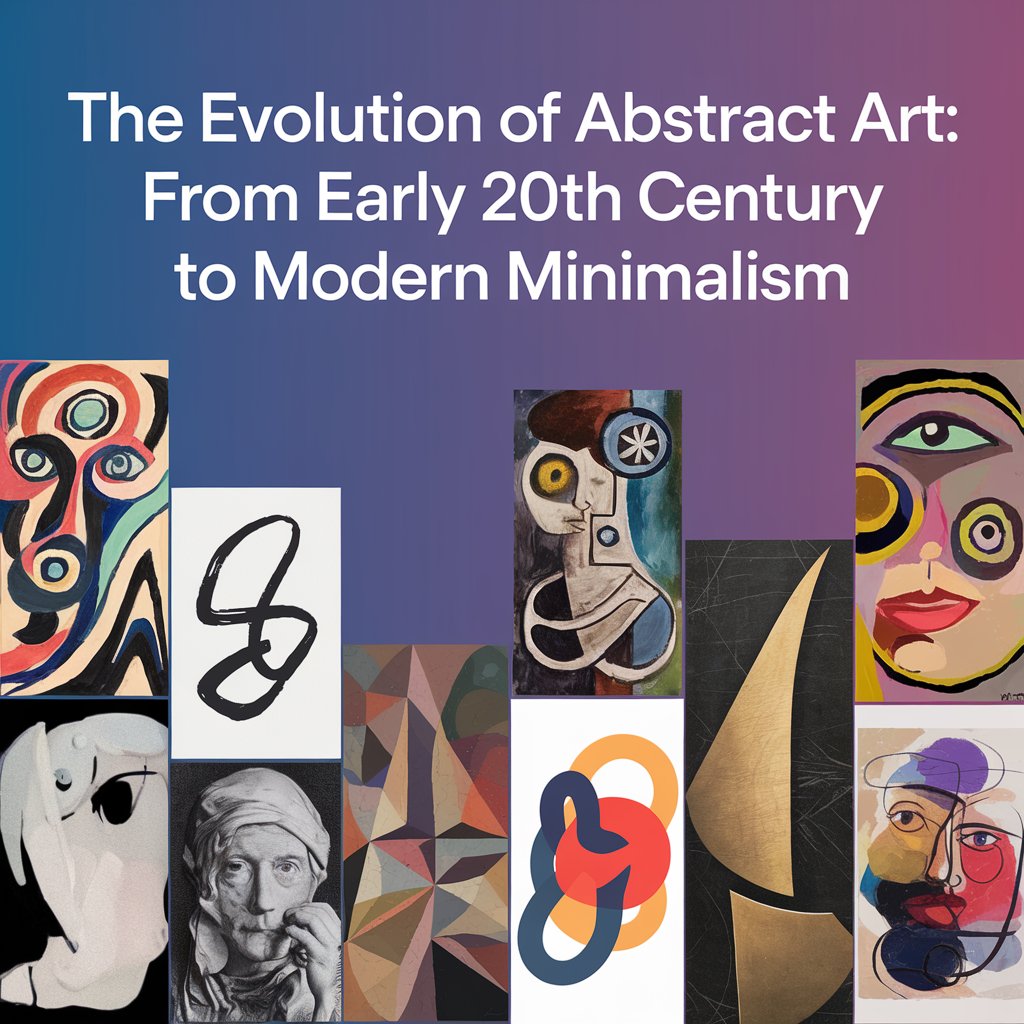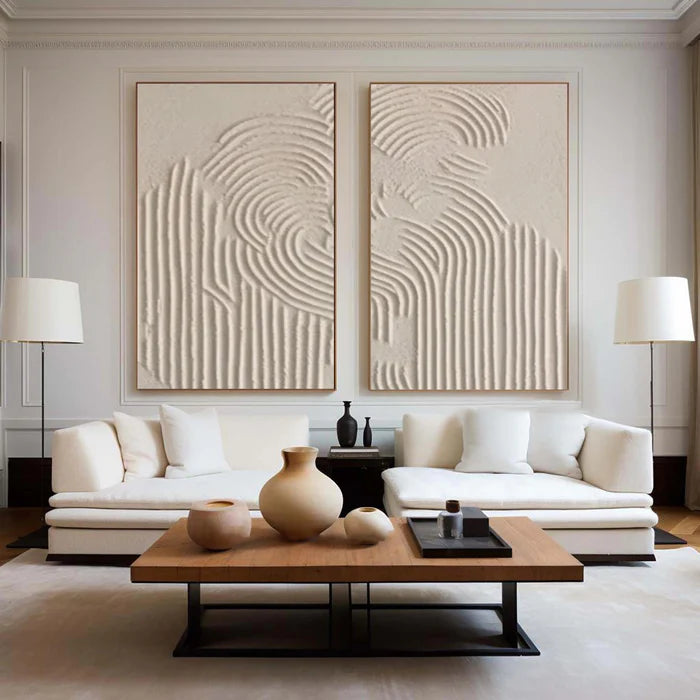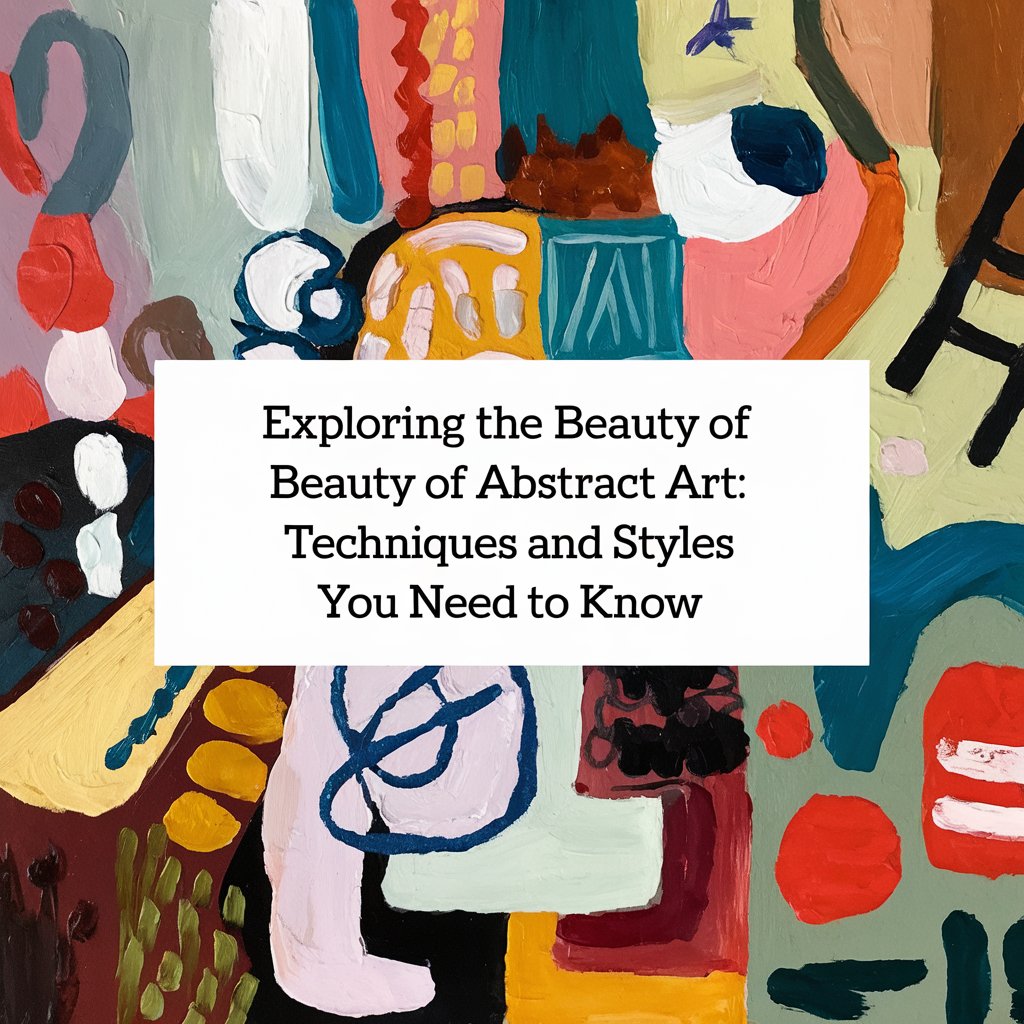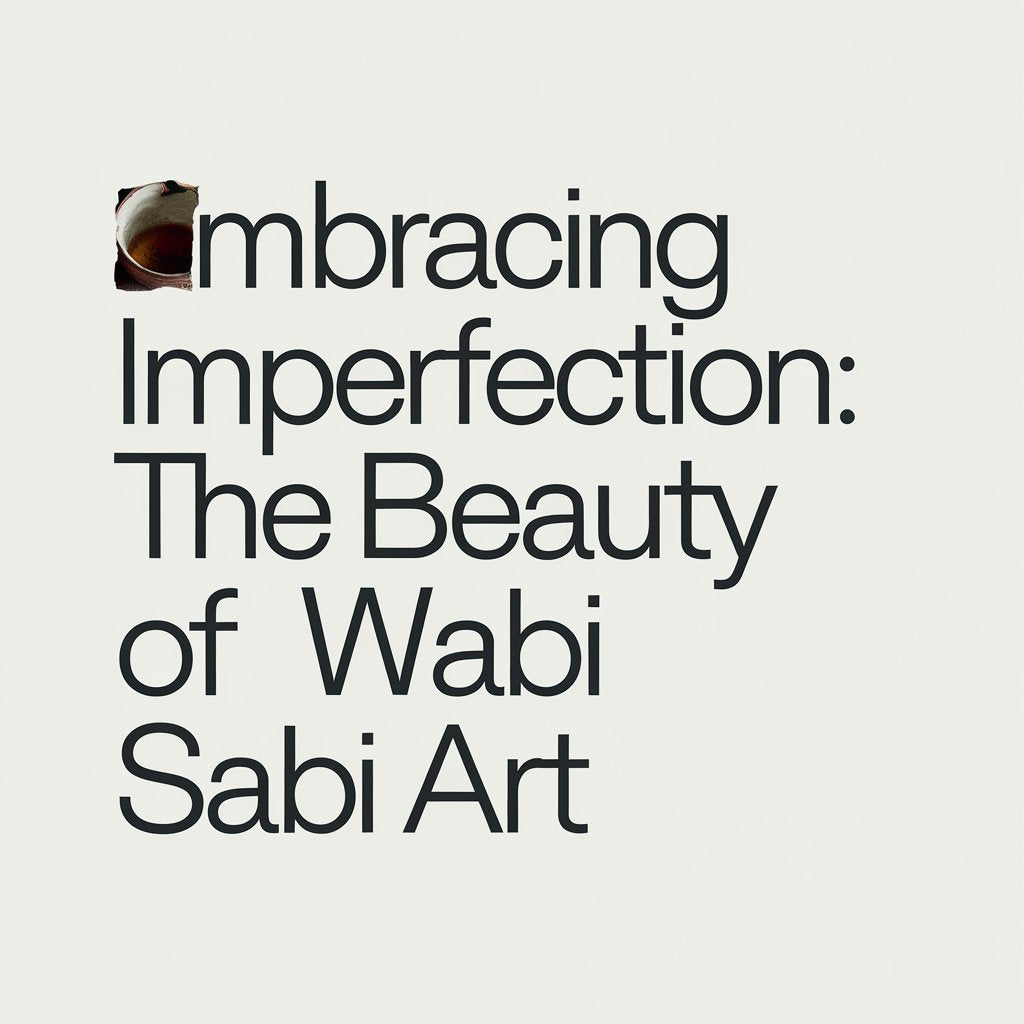
The Evolution of Abstract Art: From Early 20th Century to Modern Minimalism
Abstract art, which did not attempt to represent an accurate depiction of visual reality and began before the turn of the 20th century, has dominated the art world. While traditional arts, like painting or sculpture, typically try to represent the physical nature of things with shape, color and gesture, abstract patterns propose shapes in other terms. Abstract art has evolved over two centuries, from the advent of modernism to minimalist art. Every phase provided its take on how we receive and understand abstract images. In this blog, you will learn about where abstract art comes from as well as how it originated, what are the key movements that were followed and which is one of the most controversial amongst Modern Minimalist Art.
The Birth of Abstract Art in the Early 20th Century
The early 20th century was a period of tremendous change in the art world. Hence, while creating, artists no longer emphasize producing a realistic picture but look for innovative means of capturing the human experience in its wholeness. Profound social, political, and technological transformations and new art trends and movements, including Cubism, Fauvism, Expressionism, etc., caused such changes.
There are claims that Wassily Kandinsky was responsible for the first piece of purely abstract art in 1910. His art explored the world of geometry as seen through his inner experiences, influenced by his view that art should reflect human life's emotional and spiritual qualities using non-representational forms. However, his conviction that colors and forms can express necessary human emotions was a historical first and helped lay the foundation for modern abstract art.
Artists like Kazimir Malevich and Piet Mondrian also played a role in developing abstract art with movements such as Suprematism and De Stijl. Although iconic, Black Square (1915) of artist Malevich suggested a rupture from traditions, amalgamating a form across the decades where the reinforcement of pure geometric form always took precedence over mimicry towards reality. In contrast, Mondrian originated Neoplasticism, which aimed to reduce art to its essential components: horizontal and vertical lines and primary hues.
Abstract Expressionism: Art as Emotion and Gesture
After World War II, the art of the abstract took a new direction with Abstract Expressionism, which developed in New York in the 1940s and 1950s. Mostly in the United States, this movement changed abstract art from a geometrical precision to an emotional expression and spontaneity. The trauma of the war and the existentialist philosophy that appeared at this time contributed to a more dramatic recoil in Abstract Expressionism in life attitude, a question on the meaning of life during modern geological and human tragedy.
This movement was led by artists like Jackson Pollock, Mark Rothko and Willem de Kooning. Pollock used thick paints — his drip painting technique — how to paint as a direct expression of emotion. His monumental, gesture-suffused canvases—painted by flinging buckets of paint in a seemingly spontaneous fashion that dispensed with traditional composition and structure and instead embraced subjective instincts—proved his enduring worth as an important abstract artist.
One of Abstract Expressionism's most revered figures, Mark Rothko, was particularly notable for his investigations into the emotional resonance of color. He used big, soft-edged block colors in his work, designed to call forth an internal and introspective response. Rothko reminds us of what abstract art can do that literal representation cannot: engage with universal vs. personal themes.
The Transition to Minimalist Art
As Abstract Expressionism's impact faded in the late 1950s and early 1960s, minimalist art emerged as a derivative of that style. Minimalism is another reaction to Abstract Expressionism, which was only concerned with the expressive, emotional and impulsive view. Still, this time, it tried to distill art even more than the abstract expressionists in simpler forms, clarity, reason, etc.
Minimalism was a response to the ideological saturation of Abstract Expression and the Zeitgeist. The period just after the war encouraged consumerism, mass production and rapid industrialization, which had many artists questioning where art belonged in a world that was becoming increasingly mechanized. These artists set out to eliminate anything autobiographical or narrative from their work, making objects emphasizing form (shape), material and space.
Prominent amongst the practitioners of minimalism were figures such as Donald Judd, Frank Stella, and Agnes Martin. Donald Judd most likely represented the minimalism trend with his work consisting chiefly of simplistic, geometric, non-objective forms constructed from industrial materials like steel, aluminum and Plexiglas. As Judd once famously said, “The work needs only to be interesting in itself,” so perfectly summarizing the minimalist doctrine that art should create no more than its passageway of experience and require of you neither any deeper rationalization nor emotional sacrifice.
Minimalist artists like Agnes Martin created their work in an almost whispered line, texture and color conversation. Her eerily serene grid-like compositions in soft, earthy colors produce a meditative and almost spiritual experience for the viewer, mirroring the minimalist interest in deathlessness and calm.
Contemporary Abstract and Minimalist Art

Abstract and minimalist art still influence many current artists, although the lines that once separated these movements have blurred. Most of today's abstracts fit somewhere between the expressive power of Abstract Expressionism and the austere geometry of Minimalism
Today's contemporary abstract artists employ digital technology, new media and collaboration to develop whole new, exciting forms of abstraction in their work, from Julie Mehretu to Gerhard Richter, Sarah Morris or others. Mehretu creates voluminous paintings in which ordered architecture drawings mix with abstract gestures to form complex compositions that depict the chaotic world.
Minimalist art is still progressing, and new artists such as Ellsworth Kelly or Richard Serra are transforming the form and material. Take Serra's massive steel sculptures, which ask viewers to participate in their bodily creation (you move around them) and redefine conventional parameters of what constitutes a work of art.
Conclusion
The transition of abstract art from the early 20th century to contemporary minimalism mirrors the changes present within society, culture, and technology over the last century. Early abstract artists like Kandinsky and Mondrian aimed to liberate themselves from the limitations of representation. Still, later movements like Abstract Expressionism and Minimalism offered new possibilities for form, emotion, and material. What abstract and minimalist art represent today Abstract art continues to serve as a wellspring for inspiration and experimentation amongst artists and viewers, offering debris from which creativity can spring forth.
FAQs
What is the difference between Abstract Expressionism and Minimalist Art?
Abstract Expressionism and Minimalism are two centers of the wider umbrella of abstract art dominion. Abstract expressionism, initiated in the 1940s and 1950s, has a general, emotional or spontaneous content and gesture as a technique. The likes of Jackson Pollock and Mark Rothko applied planes of color, strokes and large surfaces to reach the viewers' inner depth and tingle emotional sensations. The focus is both the artist's mood and the constructive process.
However, Minimalist Art evolved as a response to the emotive Abstract Expressionism of the 1960s. Whereas minimalism tends to embody simplicity, economy, functionality of form and often emphasized objectivity. Artists of this ilk -- Minimalists like Donald Judd and Agnes Martin were the guiding lights in the 60s, stripping down all art to its core ingredients such as industrial material and geometric shapes. Unlike the Modernist artists, Minimalists are not aiming to show a personal expression of feeling, instead they were trying for clarity and simplicity with an artwork “being itself” in terms of its physical presence.
How did abstract art evolve from its early 20th-century roots?
Abstract art first appeared in the early 20th century, with pioneers like Wassily Kandinsky, Kazimir Malevich and Piet Mondrian rejecting representation and instead choosing to find new ways of conveying meaning. If Kandinsky might also stress the emotional impact of color and form in his work, Malevich's Black Square (1915) would become one of the most important paintings for abstract art altogether. Neoplasticism: This was Mondrian's idea that art should aim to reduce itself into its smallest elements (lines and primary colors).
When World War II ended, Abstract Expressionism that focused on emotion and gesture became the top in the 1940s and 1950s. This leads to more personal, spontaneous works. But by the 1960s, Minimalism had replaced it—to respond to Abstract Expressionism's emotional excess with simplicity and impersonality; its energy and chaos with objectivity and geometric order. In the years since, abstract and minimalist art have remained vibrant but changing fields with contemporary artists crossing lines between these categories and pushing into new media and practices.
What role does modern technology play in contemporary abstract and minimalist art?
Modern conglomerate has had a major effect on contemporary abstract and minimalist art. Extending this digital, using technologies, the visual Artist can encounter new ways of expression and trace another form to share that message. Artists,Digital tools and software allow artists to create intricate collages, morph shapes, colors, etc., together, which was impossible with traditional mediums. Advances in materials, with industrial resins, acrylic and metals geared towards large-scale works, have opened up new avenues for sculptural practice, particularly regarding creating minimalist pieces.
Today's abstract artists, including Julie Mehretu, incorporate technology and layering in developing their complex multi-dimensional works like never before. Still others employ 3D printing, video installations or digital projections to challenge the limits of abstraction and minimalism as lenses through which art continually updates itself in response to contemporary technological and sociocultural realities.



